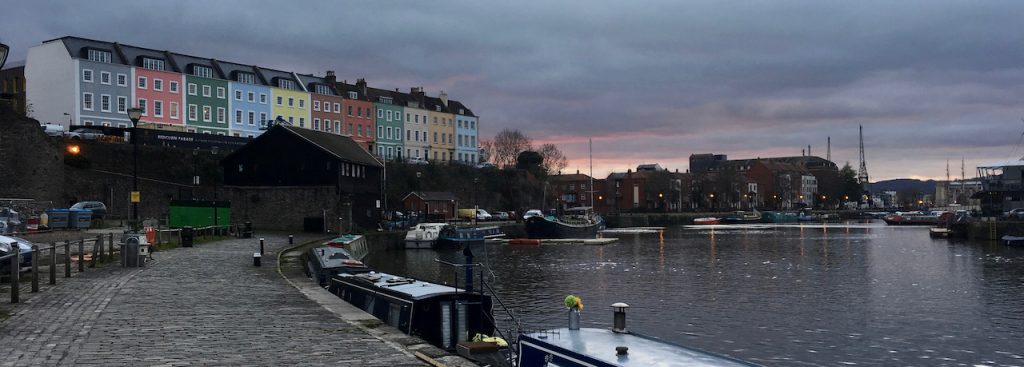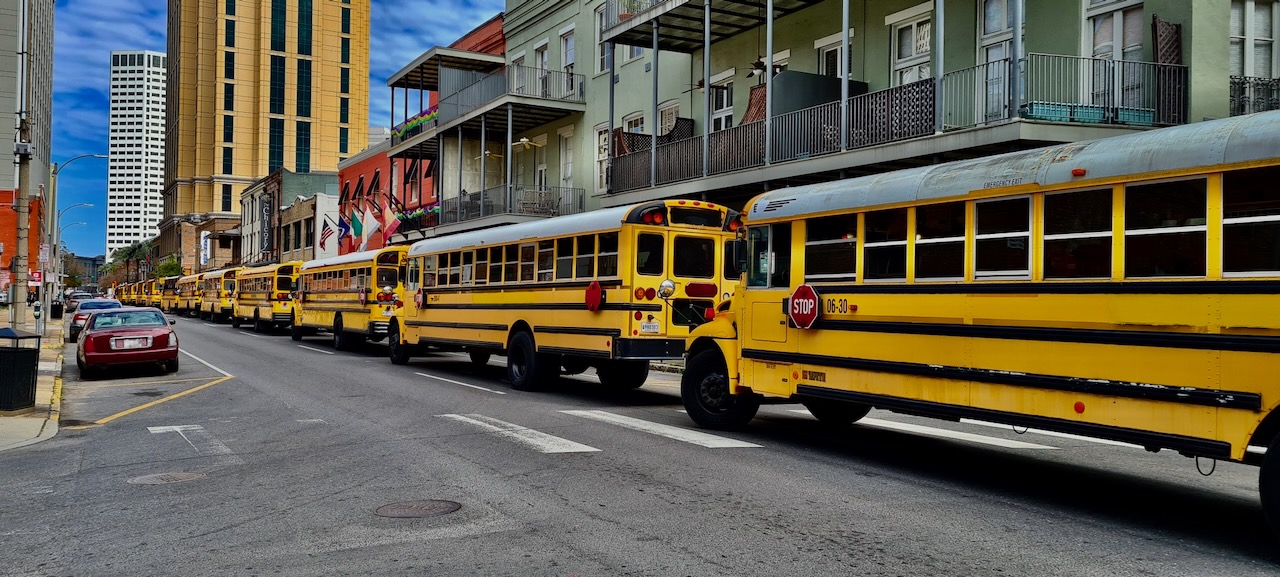Stuart Andrews and Patrick Duggan

We began work on social distancing strategy and reimagining city life at the close of 2020. In those early days, we found ourselves unsettled by setting out on this work in winter – preparations seem the stuff of earlier months. In that particularly uneasy winter of COVID-19, we became especially aware that our work was starting many months into the pandemic. We would need to join existing conversations, take account of initial responses and subsequent revisions, and attend to the now rich strategies that are framing social distancing in UK cities. Looking ahead, we will need to be aware of further revisions and to consider the ways that these emerging strategies operate in the current context of COVID-19, and may help address future pandemics.
We are fascinated to know how strategies change, how alterations are trialled and implemented, and what further changes might be made – now and for the future. We are particularly interested in changes that might be made through engagement with ideas and practices of performance and by attending to the ways in which we might understand and develop strategies for the practise and, thereby, the performance of a city.
This new project builds on our established research and practice on the intersections between arts and resilience strategy, and, specifically, our work in New Orleans (2018-). Earlier this year, we reflected on the ways in which performance can contribute to contemporary investigations of the process of developing city hazard mitigation strategies. Drawing on our work in New Orleans, we developed,
a model of strategy development as performance, which can operate in arts practice/management and in city hazard mitigation. Through this, we identified such aspects as terminology, form, place, principles for engagement, the importance of individuals and the rethinking of familiar practices as vital elements in investigating and informing the performance of strategy..
(Andrews and Duggan, 2021, p. 198)
Where that research focused on planned processes of strategy development (the generation of five-year city resilience strategy documents), this project explores the ways in which city strategy is developed and revised to engage with a live and ongoing situation, in this case, COVID-19. Specifically, we are working with three UK cities (Bristol, Glasgow and Newcastle) to understand city-specific strategies of social distancing and the potential to develop these by drawing on intersections between arts and resilience strategy and practice in each city.
Research in allied fields recognises the value of accounting for local distinctiveness in strategy development, and the risks of more overarching approaches. Writing on lockdown strategies from an interdisciplinary perspective in Transactions in GIS (Geographic Information Systems), David O’Sullivan et. al find that, globally, ‘[m]ost responses to date have been applied uniformly, without consideration of the variance in risk or in case numbers that occurs regionally.’ (2020, p.968) They suggest that focusing on geography can ‘give a distinct advantage of allowing a tailored response that is more effective at minimizing harmful side-effects.’ (ibid) As cities or regions may experience varying risks or case numbers of COVID-19, so they may also vary in the performances that contribute to the daily practise and understanding of those cities or regions.
In investigating social distancing strategy through performance analysis in our three case study UK cities, we seek to discover effective means of strategising distancing that attend to local nuances, to the situated practices in and of those cities. In particular, and building on our established methodology, we will explore mutually productive intersections between resilience and arts strategists, to develop means of enabling social distancing over a sustained period and, in the process, allow for intersecting approaches to city strategy generation.
This is a project that seeks to understand how we might sustain social distancing in cities. It is, necessarily, concerned with distance, duration, with staying the course, or rather, enquiring into the course, attending to its form and its ways. Perhaps it was important that we began this work at a time when the duration of separation was being keenly felt. In the UK, as the new year unfolded, we listened to news of the crowds that gathered in the snow on Town Moor in Newcastle, of parties broken up late in the night. In recent days, we have followed stories of the ‘Kill the Bill’ protests in UK cities, responding to the proposed Police, Crime, Sentencing and Court Bill. With the partial release of lockdown conditions (March 2021), we watched images of public gatherings in parks, city squares, and on beaches.
In undertaking this project, we are reflecting on the limits, the impossibilities and the inevitabilities of social distancing. We are looking for ways in which we might begin to re-think and re-imagine what it is to be distanced from others for a time. We are questioning appropriate means of supporting life at a distance for a sustained period. Looking ahead, we are considering what will follow from the end of distancing in the three case study cities, what the removal of ‘distancing’ will involve and what the form and implications of distancing might be, should it be reintroduced in individual cities, in response to COVID-19 or future conditions.
References
Stuart Andrews and Patrick Duggan, 2021, ‘Towards “Strategy as Performance” in Hazard Mitigation: Reflections on Performing City Resilience in New Orleans’ Research in Drama Education: The Journal of Applied Theatre and Performance Volume 26,- Issue 1: Performance, Resilience and Resourcefulness. https://doi.org/10.1080/13569783.2020.1844563
David O’ Sullivan, Mark Gahegan, Daniel J. Exeter, Benjamin Adams. 2020, ‘Spatially Explicit Models for Exploring COVID-19 Lockdown Strategies’, Transactions in GIS, 24, pp.967-1000. DOI: 10.1111/tgis.12660.
